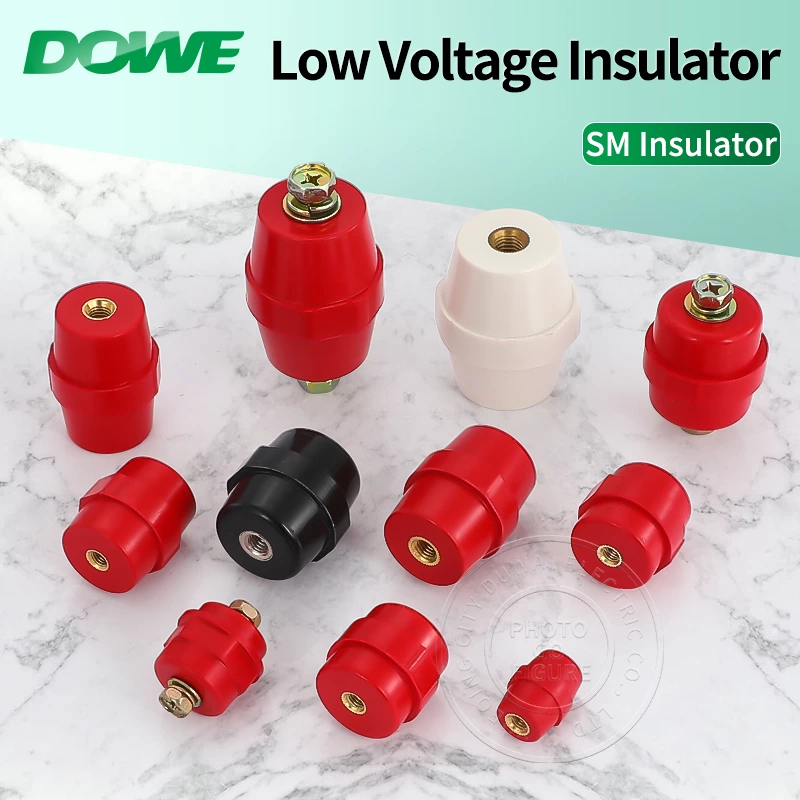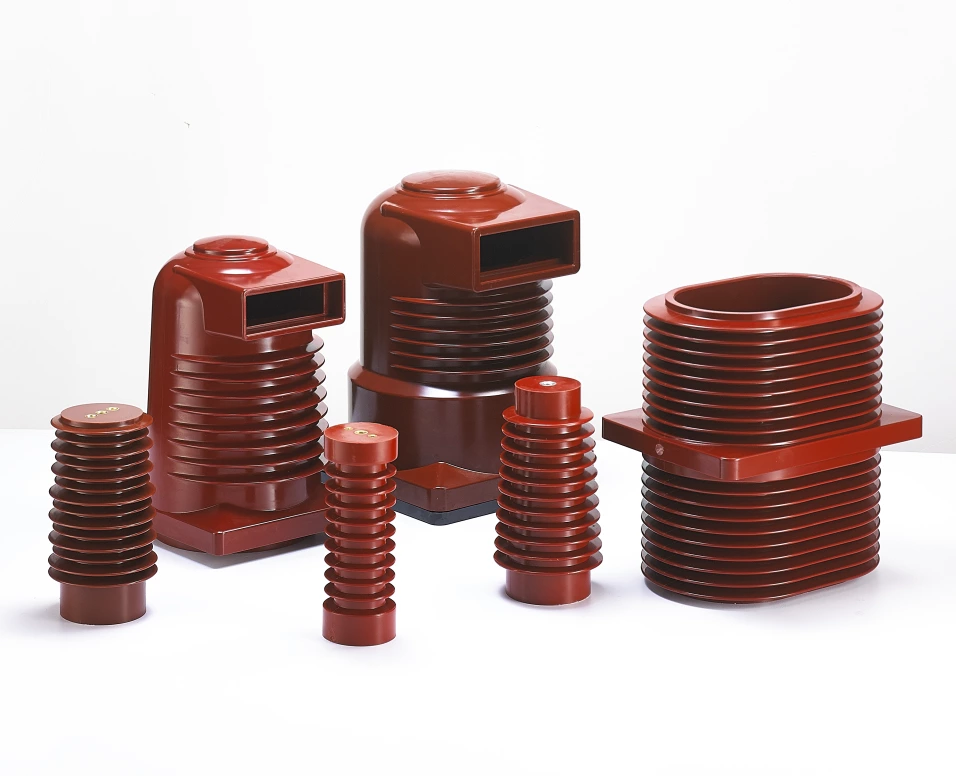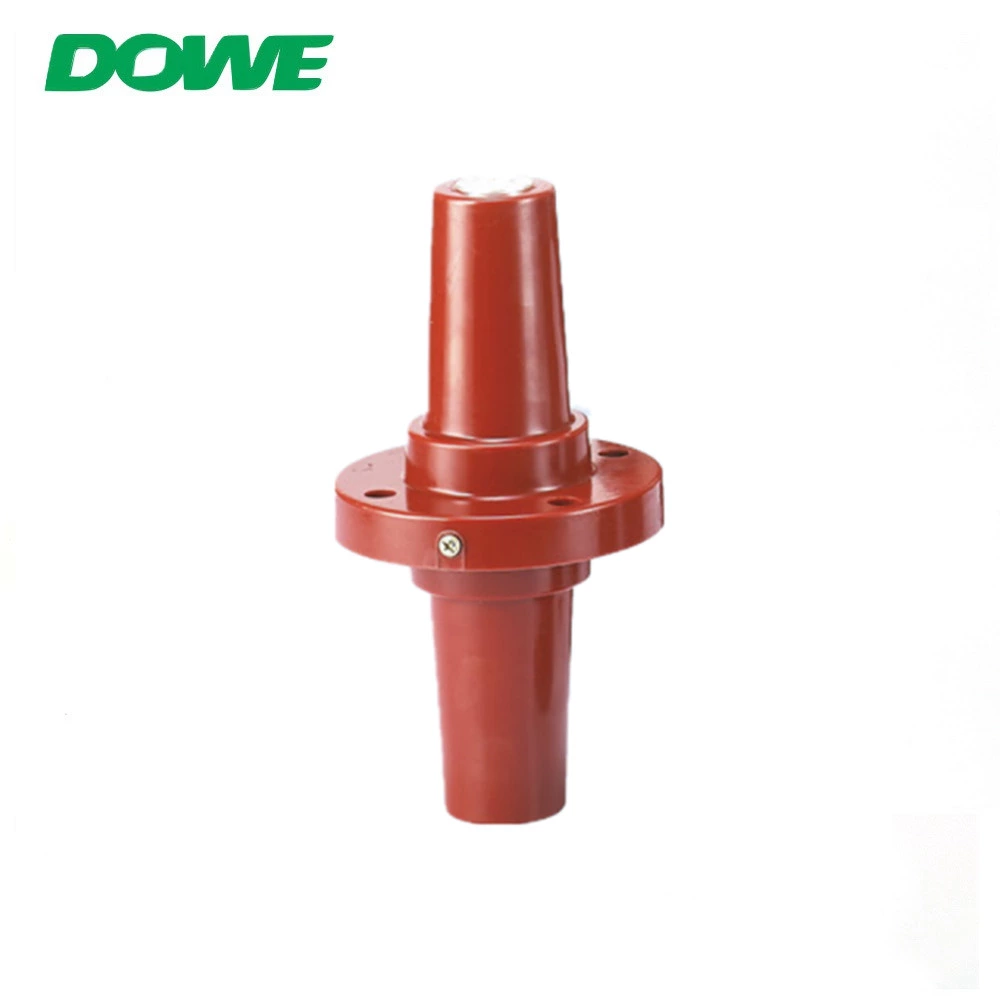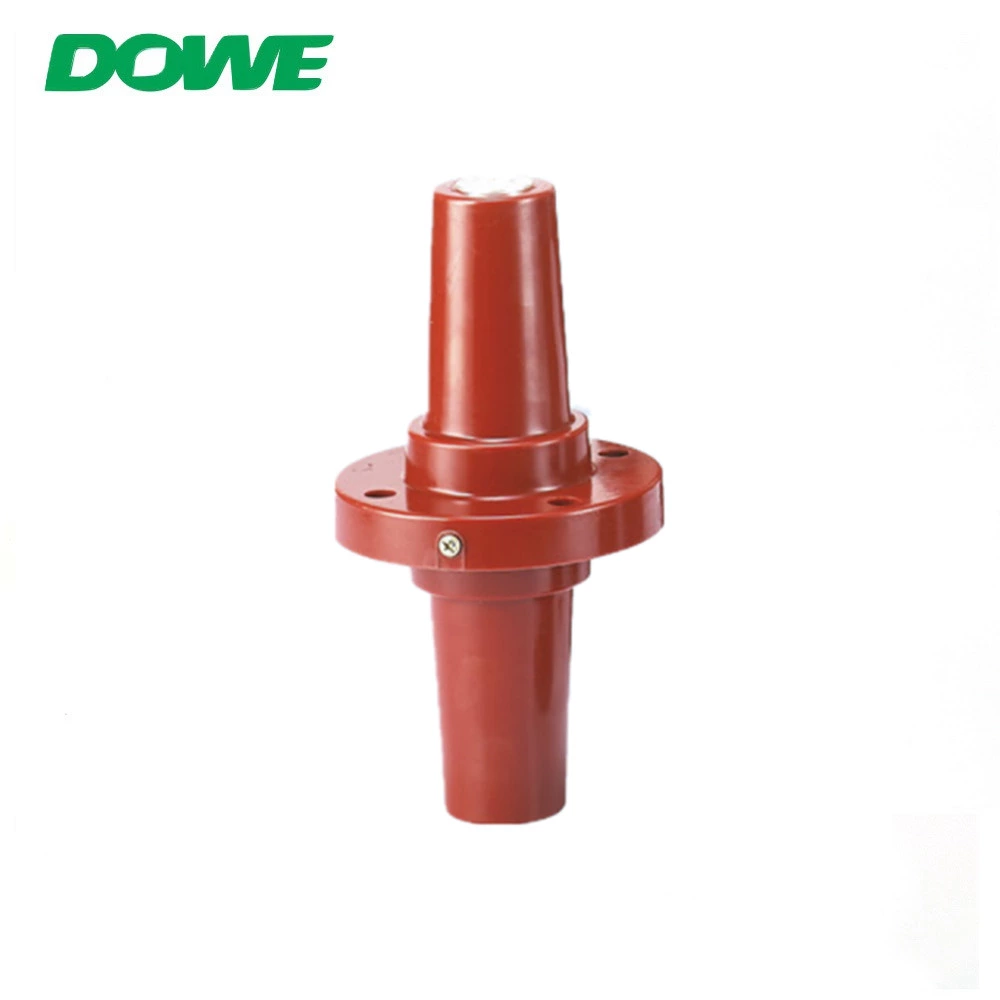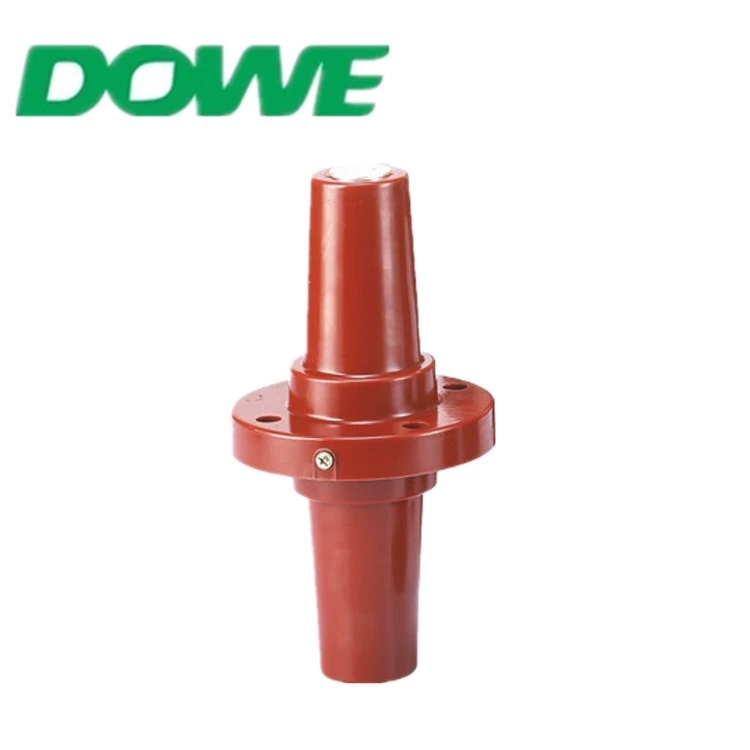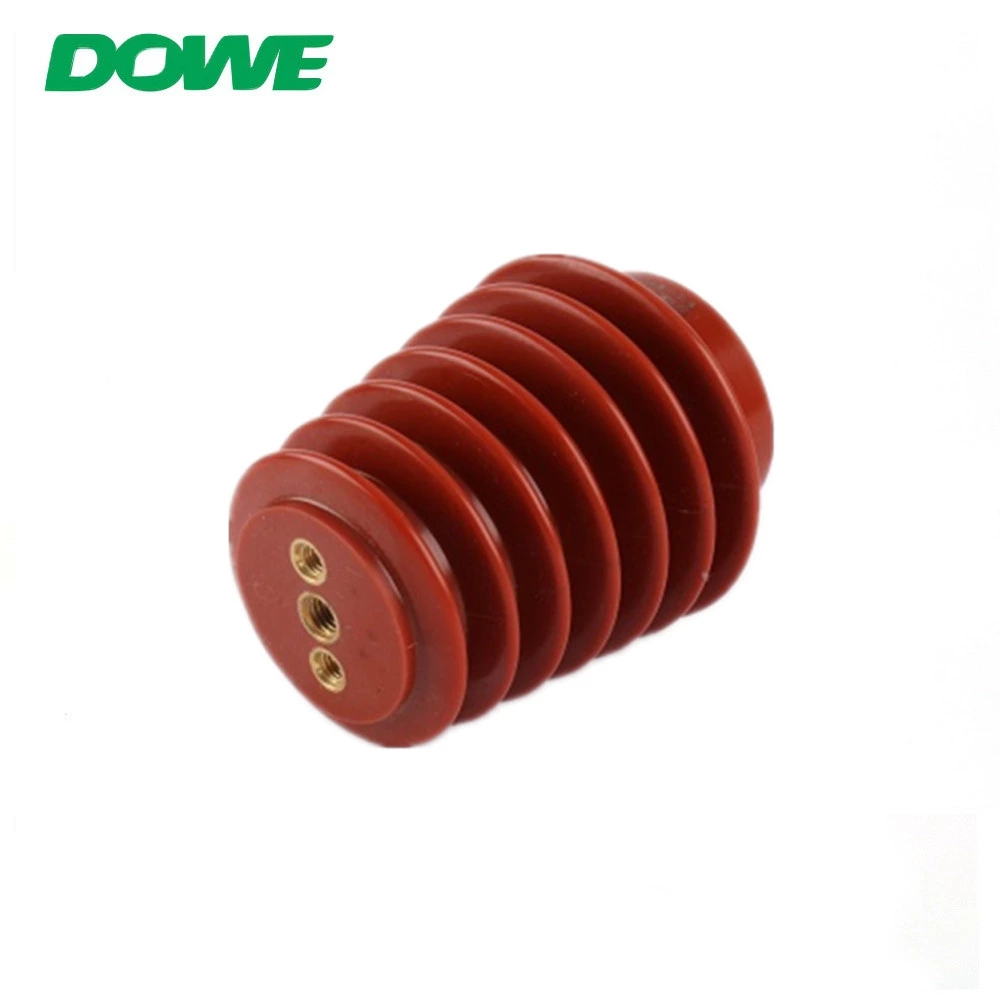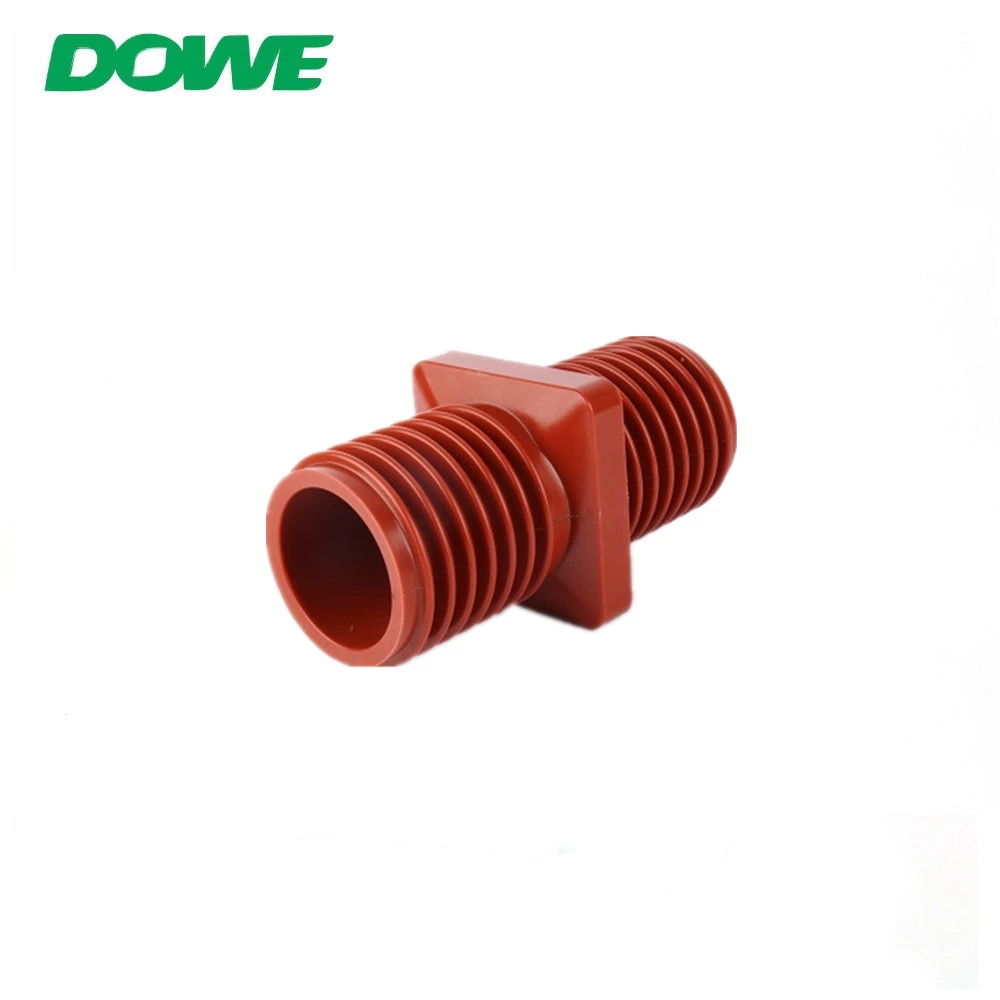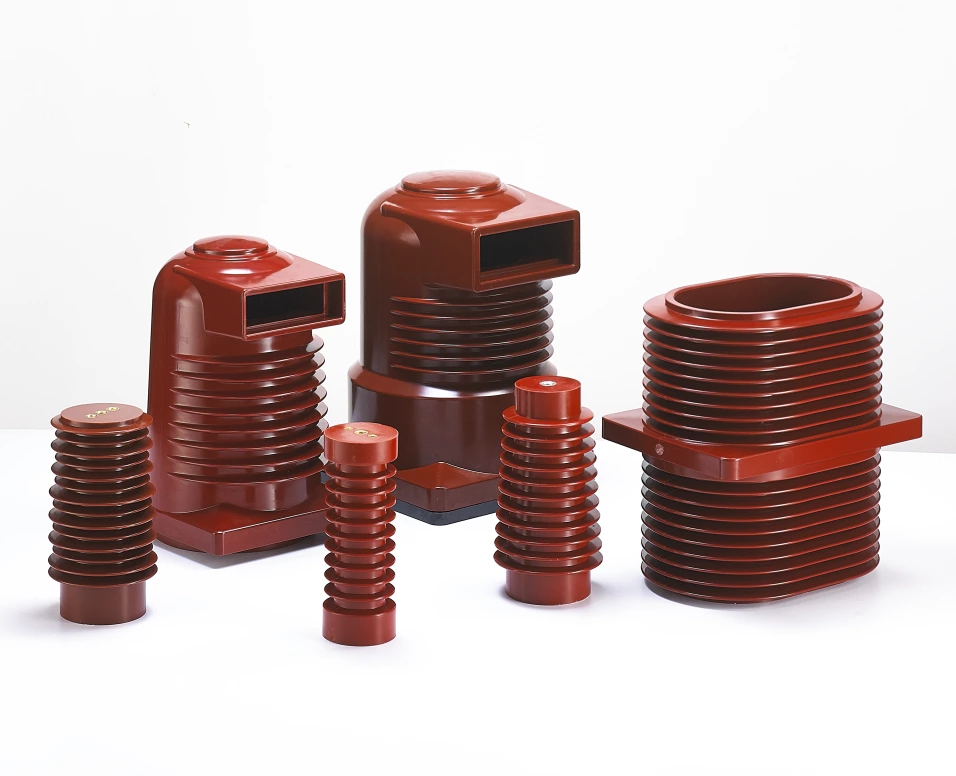Insulator anti-pollution flashover technology
Insulators are one of the important equipment in high-voltage power transmission and transformation equipment. They play important roles in insulating, supporting, suspending, and stretching transmission conductors. The performance of insulators plays a vital role in the safety and stability of the power grid. Pollution flashover is the most common fault of insulators, which seriously threatens the stable operation of the power grid. Therefore, the exploration and application of insulator anti-pollution flashover technology is inevitable.
1 Analysis of causes of insulator pollution flashover
1.1 There are flaws in itself
During the production process of insulators, due to production process problems, the internal porcelain structure of the insulator is uneven, and the mechanical strength of the insulator is severely reduced. Due to the long-term combined effect of mechanical load and high voltage, the breakdown voltage of the insulator continues to decrease, resulting in a low value. Insulator or zero value insulator. In addition, insulators may leave cracks and scars due to collisions during transportation and installation. When gas enters the cracks, the electric field distribution will be distorted. Since the electric constant of gas is smaller than the dielectric constant of solid, partial discharges occur continuously in the gas. Deteriorated insulators. When water enters the cracks of an insulator, in cold weather, the water will condense into ice and expand, further increasing the cracks and repeating the cycle to form a low-value insulator. When there are low-value or zero-value insulators in the insulator string, it is equivalent to reducing the electrical distance between the conductor and the ground potential and increasing the distribution voltage per unit length of the insulator. Therefore, flashover accidents will occur under overvoltage or even working voltage.
1.2 Influence of environmental factors
The vast majority of electrical equipment in the power grid is outdoor equipment. Pollution sources such as industrial waste gas, fly ash, and natural salt and bird droppings pollute insulators to varying degrees. The main components of these pollutants include alkali oxide, silicon, sulfur oxide, alumina, Calcium oxide, phosphate, potassium salt and other substances, especially the salt spray in coastal areas, contain a large amount of sodium oxide. These contaminants have a high resistance under dry conditions and have no harm to the insulation condition of the insulator. However, once they get wet, they will The performance is significantly improved, the insulation resistance of the equipment is reduced, and it is easy to cause flashover failure of the insulator.
1.3 Influence of atmospheric conditions
Flashover accidents are closely related to atmospheric conditions. The resistance of dirt on the surface of insulators is very high in dry weather and it is difficult to form flashover. In heavy rain, it is not easy to form flashover when dirt is washed away by rainwater. In weather conditions such as heavy fog, drizzle, moisture return, and melting snow, the air humidity is very high, and the dirt on the insulation surface absorbs moisture. Some of the dirt dissolves in water, forming a conductive electrolyte water film, which greatly improves the insulation performance of the insulator. The leakage current on the surface increases greatly. When the leakage current increases to a certain level, it will develop into a flashover accident.
The flashover phenomenon along the dirty surface of the insulator is not a simple air flashover breakdown, but a thermodynamic balance process involving gas ionization on the dirty surface and the occurrence and development of local arcs related to mechanical, electrical, thermal, chemical and other factors. The wetting of the insulator increases the conductivity of its surface, causing the surface leakage current of the insulator to increase. Due to the thermal effect of the current, the increase in surface leakage current causes the conductive layer of the insulator to heat up. On the one hand, due to heating and drying by current, the surface conductivity of the insulator becomes worse and the insulation performance is enhanced; on the other hand, the conductive ions are dissolved on the surface of the insulator, and the kinetic energy increases with the increase of temperature. Thermal dissociation intensifies, the conductivity becomes stronger, and the insulation performance decreases. Because the distribution of contamination along the surface of the insulator is often uneven, even if the distribution tends to be uniform, due to the distribution of the electric field, the paths of the leakage current are irregularly distributed, making the leakage current density in each section of the insulator different, which makes the insulator The surface is heated unevenly, forming a relatively dry zone and a moist zone, which changes the voltage distribution on the surface of the insulator. The dry zone will bear most of the externally applied voltage. After the dry zone is formed on the surface of the insulator, the physical process of the relationship between surface leakage current and insulator contamination mainly depends on the applied voltage. When the applied voltage is high, the voltage in the dry zone ionizes the air and develops into arc partial discharge. The arc has arc characteristics. The resistance of the local arc is very small and short-circuit the bypass dry zone, causing the total resistance of the insulator surface to significantly decrease and thereby forming Flashover. It can be seen that insulator flashover is closely related to the applied voltage, insulator surface creepage distance, pollution layer conductance, etc.
3 Insulator inspection
Low-value insulators or zero-value insulation are an important cause of insulator flashover. Insulator detection methods include: based on the principle of different voltage distributions between defective insulators and intact insulators in the insulator string, the spark gap method, electrostatic voltmeter method, and acoustic pulse method are studied; based on the principle of leakage current causing heating of the insulator surface, the color-changing paint is studied Method, infrared temperature measurement method; an ultrasonic detection method studied based on the principle that tiny cracks in defective insulators cause partial discharge to produce electromagnetic ultrasonic waves and noise currents. In recent years, infrared thermal imaging cameras have been used to convert the temperature distribution on the surface of insulators into images and display them in intuitive heat maps, making the method of detecting defective insulators simpler, more convenient and faster.
4 Prevention and treatment of insulator pollution flashover
To strengthen the anti-pollution flashover work of insulators, the atmospheric conditions, pollution degree and nature of the environment should be determined, and then the pollution period and pollution level of the equipment should be determined, and anti-pollution flashover methods should be formulated based on the actual situation.
4.1 Cleaning the insulators for dirt accumulation Regular or irregular cleaning of the insulators is an important means to eliminate the flashover conditions of the insulators, restore the anti-fouling ability of the external insulation, and prevent flashover of the external insulation of the equipment. my country's current industry standards for the creepage distance of electrical porcelain external insulation cannot achieve the purpose of preventing pollution flashover without cleaning for most equipment, but are based on the cleaning of lightning protection tests every spring. . There are basically three cleaning methods: manual direct cleaning during power outage, insulated mechanical electrified cleaning, and electrified high-pressure water flushing.
4.2 Increase the specific creepage distance
Generally, the longer the creepage distance of an insulator, the higher its ability to withstand pollution flashover. Increasing the creepage distance can be achieved by increasing the disk diameter or ribs, increasing the number of insulators, and using pollution-resistant insulators. Installing a silicone rubber creepage-increasing skirt on the surface of the porcelain parts of equipment that has been put into operation can effectively improve the anti-pollution flashover capability of electrical equipment and is an effective remedial measure to prevent equipment pollution flashover.
4.3 Spray antifouling paint
When the anti-pollution flashover requirements are still not met after strengthening cleaning and increasing the crawl distance, the equipment that may suffer from pollution flashover should be coated with anti-pollution flashover hydrophobic paint to prevent pollution and moisture. The surface of electric porcelain is a high-energy surface and is hydrophilic. In humid weather, the moisture on the surface of electric porcelain will form a conductive water film. When the surface is coated with hydrophobic paint, the water will condense into water droplets, and a continuous conductive water film will not be formed, allowing the insulator surface to maintain a higher insulation resistance, limiting the increase in leakage current, thereby effectively Prevented pollution flashover. However, due to the influence of various external factors, the coating will gradually peel and crack, and the hydrophobic performance will decrease. Therefore, there is an urgent need to improve the chemical stability of antifouling coatings.
4.4 Use composite insulators
Composite insulators are composed of a core rod made of epoxy fiberglass rods and an insulator made of silicone rubber. Composite insulators have the advantages of higher flashover voltage than porcelain insulators, large creepage distance, good pollution resistance, small size, light weight, and not easy to break, and have been widely used in line construction in recent years.
4.5 Replace unqualified insulators according to regulations
5 Conclusion
Use precise measuring equipment and scientific detection methods to strictly monitor and track the insulators, record in detail the salt density data and breakdown voltage data of the insulators, and use this as a basis to determine anti-pollution flashover measures. On the basis of continuous accumulation of experience , strengthen the organization of special technical discussions, improve anti-pollution flashover measures, and fundamentally prevent the occurrence of pollution flashover accidents to ensure the safety of the power system.

